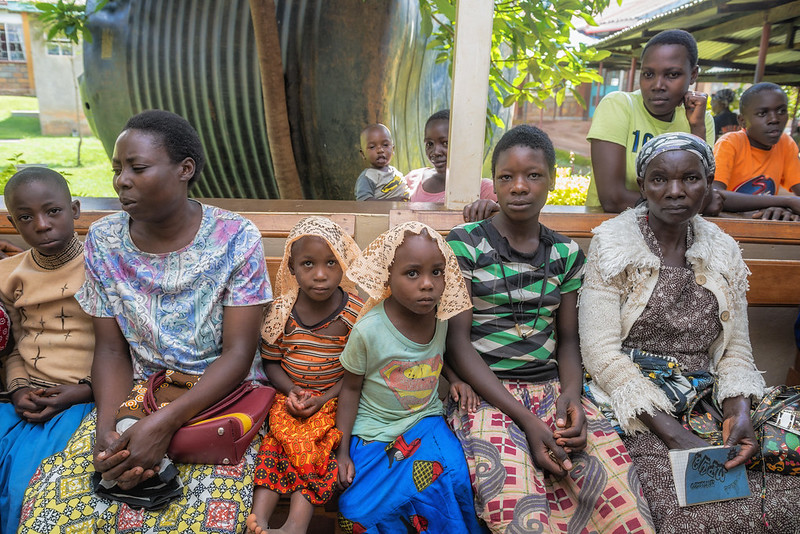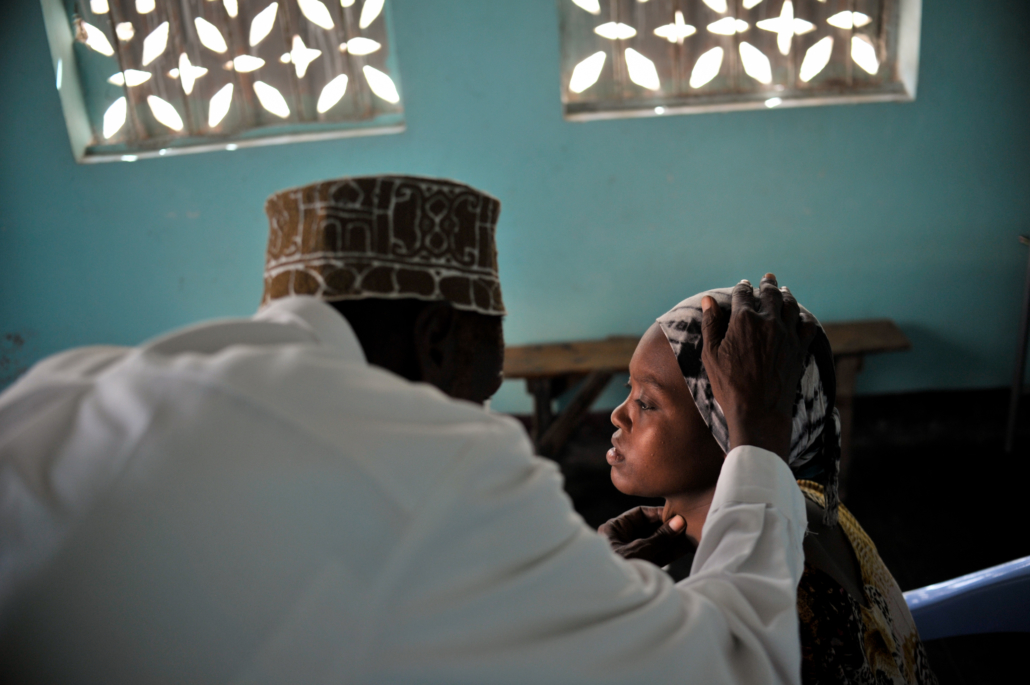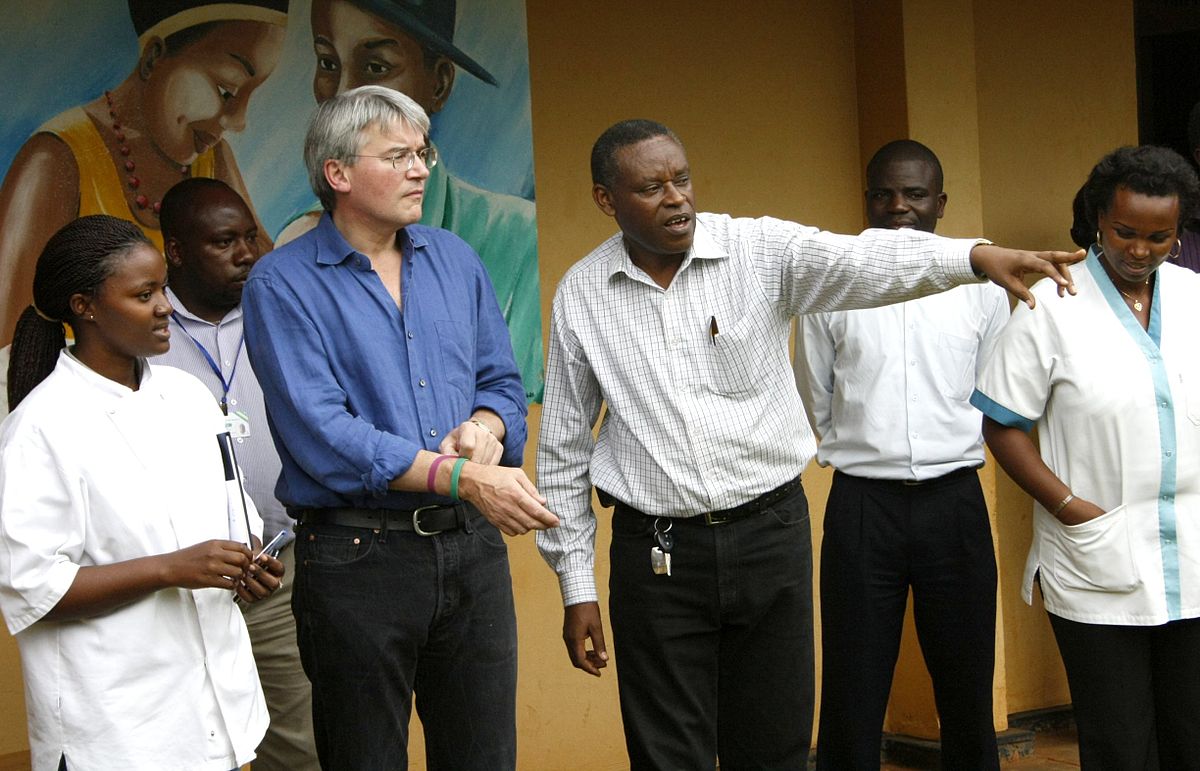
Life expectancy in Africa is rising, increasing to 56 years from 46 in 2000, thanks to expanding healthcare access. Other parts of the world have not observed this tremendous growth rate of 10 years and show a valiant effort to address the issue of essential health care in African countries.
Reshaping Health Care Infrastructure
To tackle the issue of life expectancy in Africa, governments must revamp the framework of their existing healthcare infrastructures. Essential medications, equipment, facilities and technology for communication and information are the significant elements when redesigning a country’s current healthcare infrastructure.
Some countries, such as Ethiopia, utilize infrastructure roadmaps, which help establish a clear plan to improve public health. In Sierra Leone, strategic plans help the government identify what equipment is necessary to combat public health issues effectively. The Central African Republic has worked to maintain existing infrastructure.
From a technological standpoint, the World Health Organization’s AFRO (WHO AFRO) sector assisted African countries based on their healthcare infrastructure status. Modifying and verifying data in the Integrated African Health Observatory is a priority for less established countries, including Burundi and Nigeria, allowing WHO AFRO to determine what aspects of the health care system require improvement. Updated information and technology included new systems to certify causes of death and disease rates.
Affordable and Accessible Health Care
Life expectancy in Africa has a direct connection to access to health care services. Since 2000, there has been a 22% increase in the number of people able to receive necessary health care treatment. In 2019, healthcare coverage in Africa rose to 46%, contrasted with only 24% in 2000. Those living in higher-income countries typically have a more advanced healthcare system than those in lower-income countries.
The ultimate goal is to prevent households from spending excessive money on health care. Many families must spend more than 10% of their income on health-care-related treatments, increasing poverty rates. Ghana and Mauritius utilized medicine pricing strategies and pharmaceutical policies to work towards affordable health care.
These numbers show governments must reform public health spending. Affordable and accessible health care would allow the people of Africa to receive help for treatable diseases as well as offer services to prevent people from contracting diseases in the first place.
Treating Disease with Vaccines and Medications
To continue the current inclination of life expectancy in Africa, public health efforts must focus on those under the age of 5 and above 60. According to Give Well, the top causes of death in those under the age of five are malaria, respiratory infections, diarrhea, perinatal conditions, measles and HIV/AIDS. Those above the age of 60 also risk mortality from ailments similar to those responsible for high death rates among those under five. The leading causes of death among those between 5 and 60 are HIV/AIDS, tuberculosis and maternal mortality.
Nigeria, a country with one of the weakest public health infrastructures, has created a National Drug Policy and implemented vaccination policies for all citizens. The organization of treatment guides and essential medication lists will strengthen the process of treating patients for curable and vaccine-preventable diseases. Many countries have worked to complete this goal, with Sierra Leone finalizing and validating these guidelines.
The mobilization of vaccines and vaccine campaigns has shown some success with meningitis type A breakouts. WHO anticipated stopping all meningitis outbreaks by 2030 with a vaccine named MenAfriVac.
No new meningitis type A cases occurred as of 2017; the form of the disease was responsible for 90% of cases and deaths prior to 2010. The coronavirus pandemic has significantly disrupted these efforts, but the results have shown that life expectancy in Africa can continue to increase by focusing on improving health care.
Public Health Security
According to a WHO survey in 2021, 90% of the 36 responding countries disclosed one or more coronavirus-related events that halted healthcare services. These services included immunizations for other diseases and nutritional programs.
The coronavirus pandemic and the responses of African countries are an example of the relationship between healthcare investment and public health security. When African countries do not have the resources needed to combat threats to public health, the people of those countries can not focus on improving the economy.
As of July 2022, 282 million people in Africa received their first round of COVID-19 vaccinations, an increase of 10% since January 2022. This news reflects a continent dedicated to securing the public health, another factor helping to increase life expectancy in Africa.
– Mikada Green
Photo: Flickr
 Year after year, Japan consistently ranks as one of the top countries for life expectancy. These top 10 facts about life expectancy in Japan is a reflection of economic developments that occurred since World War II.
Year after year, Japan consistently ranks as one of the top countries for life expectancy. These top 10 facts about life expectancy in Japan is a reflection of economic developments that occurred since World War II.

 As life expectancy in Rwanda has doubled in the past 20 years, the efforts that helped to achieve this goal are closely tied with efforts to combat poverty. If people are sick but cannot access healthcare, they cannot contribute to the economy. Conversely, if people are living in poverty, they often cannot afford to access healthcare. Ending poverty and providing medical care are closely tied, and Rwanda has made excellent progress on both fronts.
As life expectancy in Rwanda has doubled in the past 20 years, the efforts that helped to achieve this goal are closely tied with efforts to combat poverty. If people are sick but cannot access healthcare, they cannot contribute to the economy. Conversely, if people are living in poverty, they often cannot afford to access healthcare. Ending poverty and providing medical care are closely tied, and Rwanda has made excellent progress on both fronts.
 Fiji is a country in the South Pacific comprised of 300 islands. It is known for its rugged landscapes and palm-lined beaches. As a developing country, it is still important to look at the health aspects of the country, especially on how healthcare is being developed and making a sustainable impact. This article will give five facts about Healthcare in Fiji.
Fiji is a country in the South Pacific comprised of 300 islands. It is known for its rugged landscapes and palm-lined beaches. As a developing country, it is still important to look at the health aspects of the country, especially on how healthcare is being developed and making a sustainable impact. This article will give five facts about Healthcare in Fiji. Sweden has the
Sweden has the 
